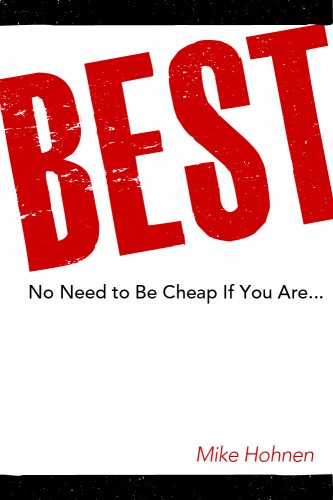“…companies that effectively appreciate employee value enjoy a return on equity & assets more than triple that experienced by firms that don’t. When looking at Fortune’s ’100 Best Companies to Work For’ stock prices rose an average of 14% per year from 1998-2005, compared to 6% for the overall market.” read the Forbes article here
This is a quote from study cited by a new book out by Dr. Noelle Nelson entitled : “Make More Money by Making Your Employees Happy,
For regular readers of this blog this is a well-known theme.
I’m always amazed how much attention this kind of message actually gets: Everybody goes . ohh surprise.. look at this…happy staff is important.
Because if you think about it it is so self evident. In a hyper-competitive world where products are more lookalike than unique, ultimately what makes a difference is the relationship factor.
And the relationship factor is what takes place between your front-line employees and customers.
The missing link
What a lot of people however totally miss in this connection is what it actually takes to keep front-line employees happy and comfortable with their jobs. The big misunderstanding is that it’s a question of more money, perks or friendly pats on the back. It’s not.
As Hertzberg taught us many many years ago, the basics, money work conditions etc, need to be on par with industry standards and if you get that right you can prevent dissatisfaction – Hertzberg called these hygiene factors. But it does not create motivation or the kind of enthusiasm that is needed for front-line employees to actually enjoy building those crucial relationships with customers.
From my perspective employee satisfaction is relatively uninteresting – what really counts is employee enthusiasm. Enthusiasm is what makes a service organisation stand out head and shoulders above the rest.
And the primary driver of enthusiasm on the job – which has to do with job content , what a person is allowed to do – is that person’s immediate supervisor.
The immediate supervisor builds or kills enthusiasm.
So if we want to build a service organisation that is among the best we need to make sure that our middle management team understands the crucial role that they play in this connection.
It is as simple as that.

